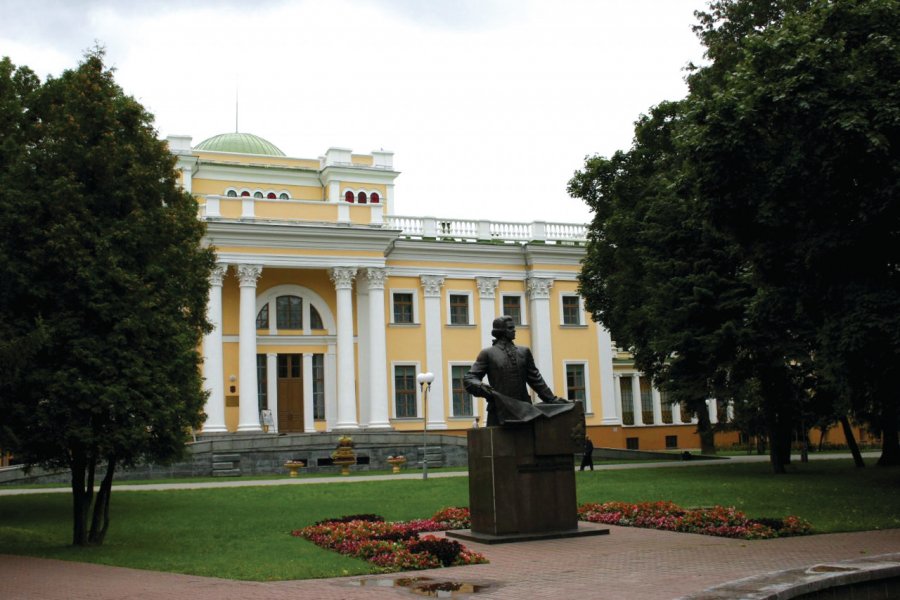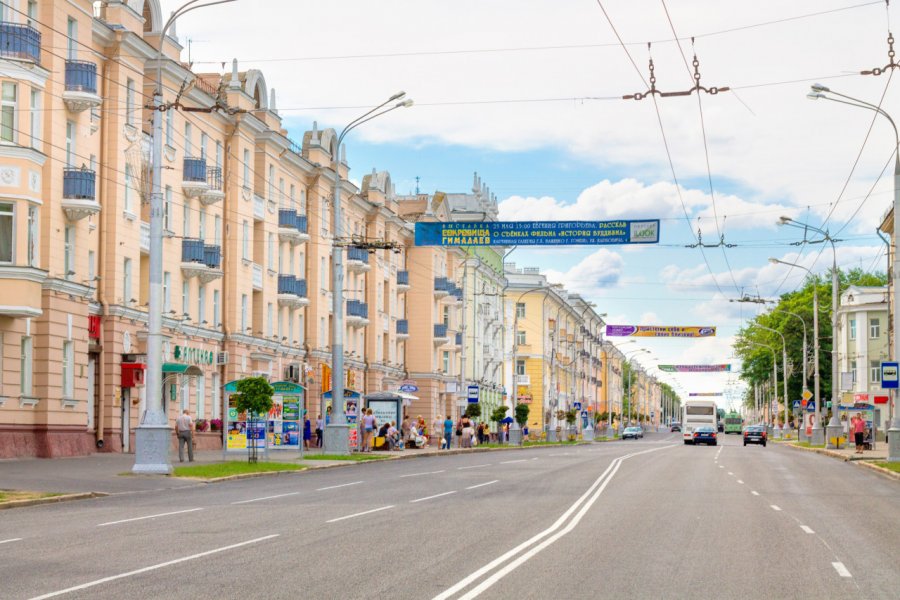Travel Guide Homiel (Гомель)
Find an accommodation
Advertising
Gomel was recently renamed Homiel according to the Belarusian transliteration, although the majority of premises continue to call him Gomel. The city was first mentioned in the Chronicles in 1142 and is named after the Gomejuk River which crosses the region. Strong from its strategic position at the crossroads of waterways, Gomel passed from one principality to another until in the fourteenth century the city was ceded to the Grand Duchy of Lithuania. In 1670, she received the right to Magdeburg. Because of its border position, Gomel was often a bone of contention between the Grand Duchy of Lithuania and the Muscovy first, then between the Polish-Lithuanian Union and the Russian Empire. In 1772 it was attached to Russia as part of the province of Mogilev. In 1775, Empress Catherine II offered the town of Feld-marshal Piotr Aleksandrovich Roumiantsev a splendid residence on the edge of the river Soj. As Gomel turns into a European town. In the th century, following the installation of telephone and rail lines, it became an important hub of communication between Russia and Ukraine. In the years 1920-1930, like many other cities in Soviet Belarus, it experienced strong economic growth through the construction of a large number of factories. During World War II, the city was destroyed at 80%. The Jewish population, which represented one third of its inhabitants, was completely destroyed. Today, it is a young, dynamic city that offers a very pleasant living environment.
What to visit Homiel (Гомель)?
Suggested addresses Homiel (Гомель)
Weather at the moment
Advertising
Organize your trip with our partners Homiel (Гомель)
Transportation
Book your plane tickets
Car Rental
Boat rental
Accommodation & stays
Find a hotel
Holiday rental
Find your campsite
Tailor-made trip
Immersion travel
Services / On site
Activities & visits
Find a doctor
Find unique Stay Offers with our Partners
Pictures and images Homiel (Гомель)
Other destinations nearby Homiel (Гомель)
25 km away












